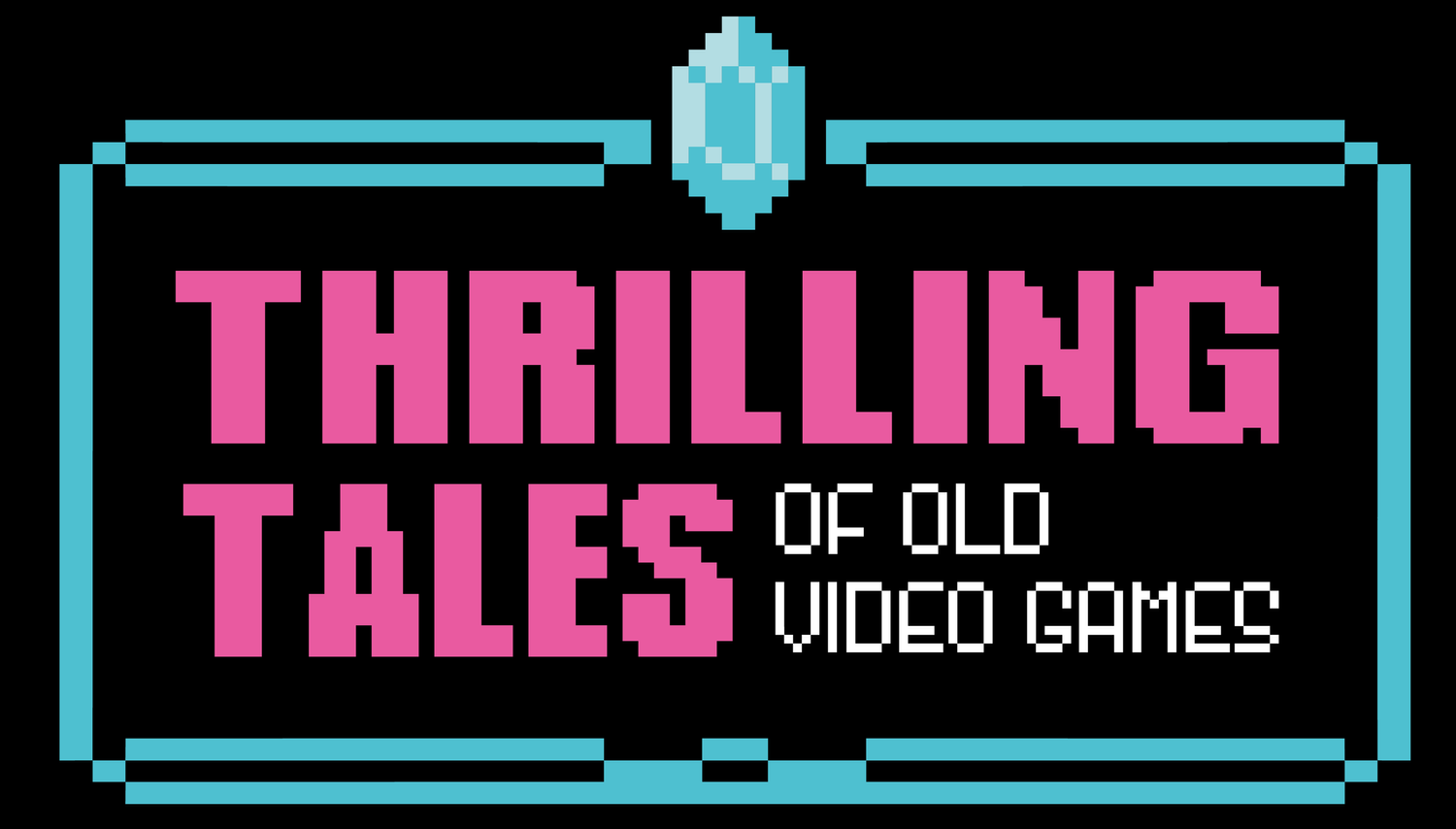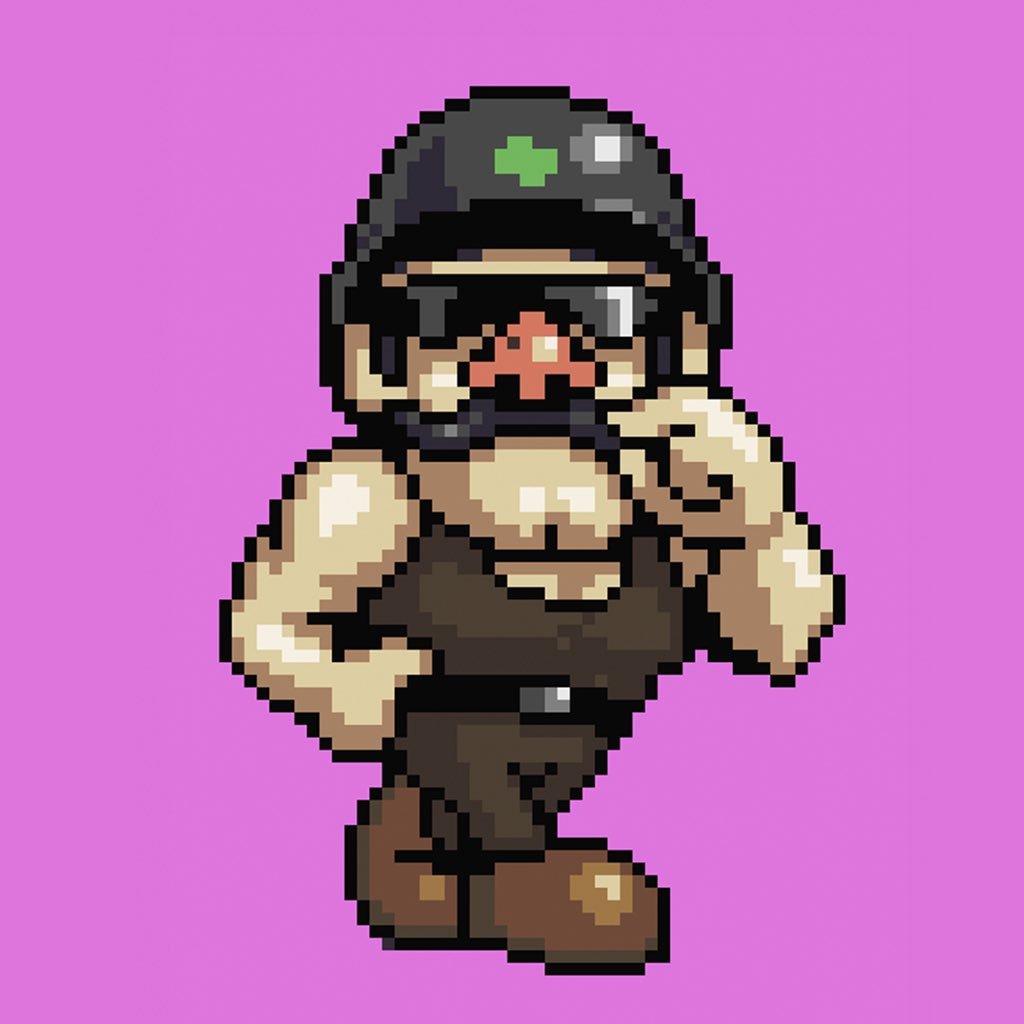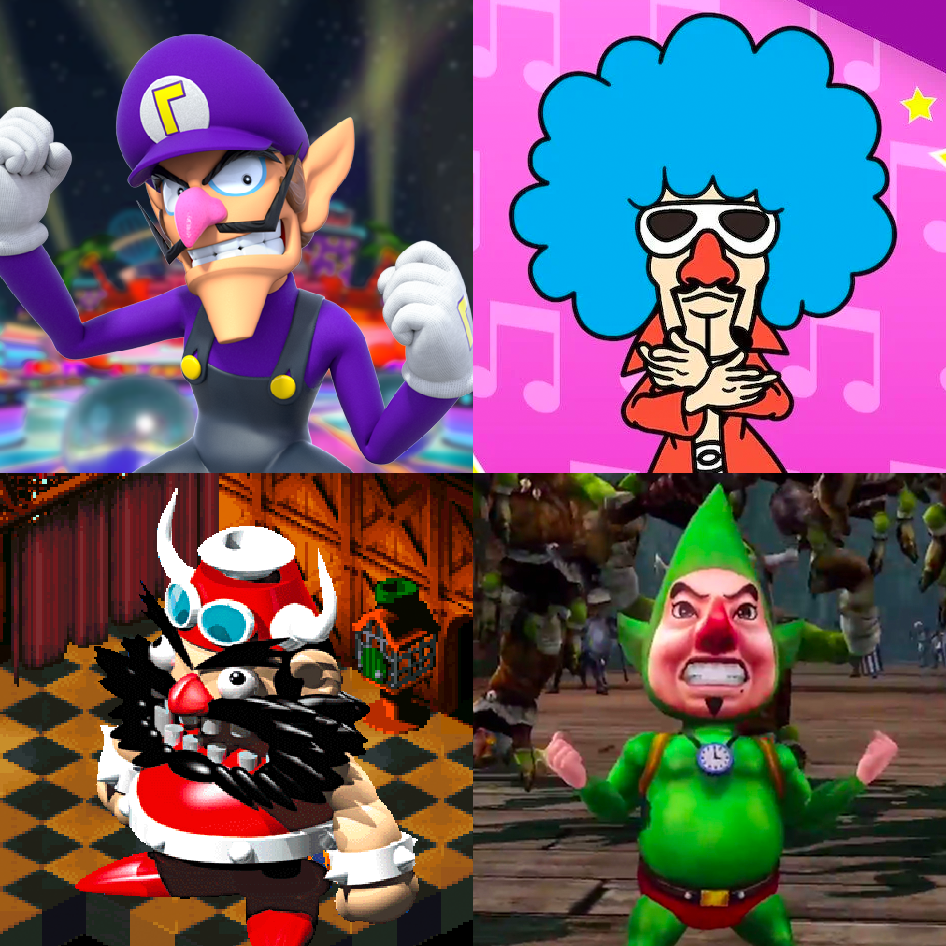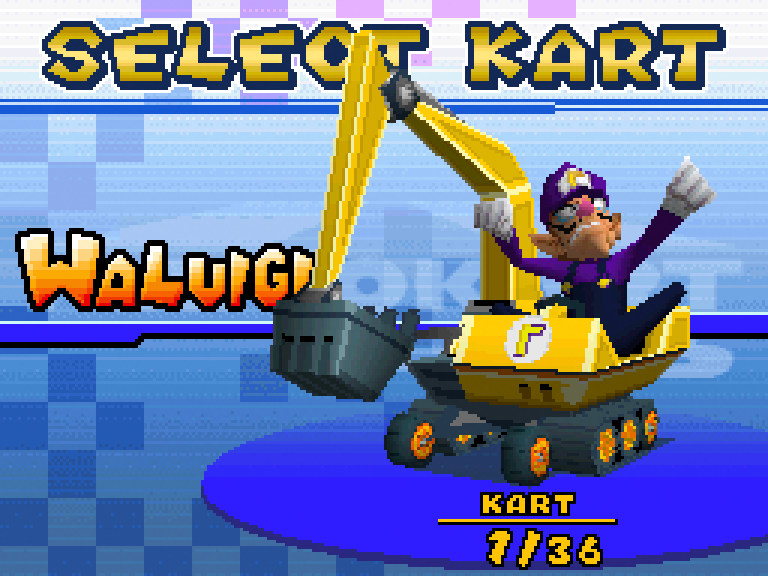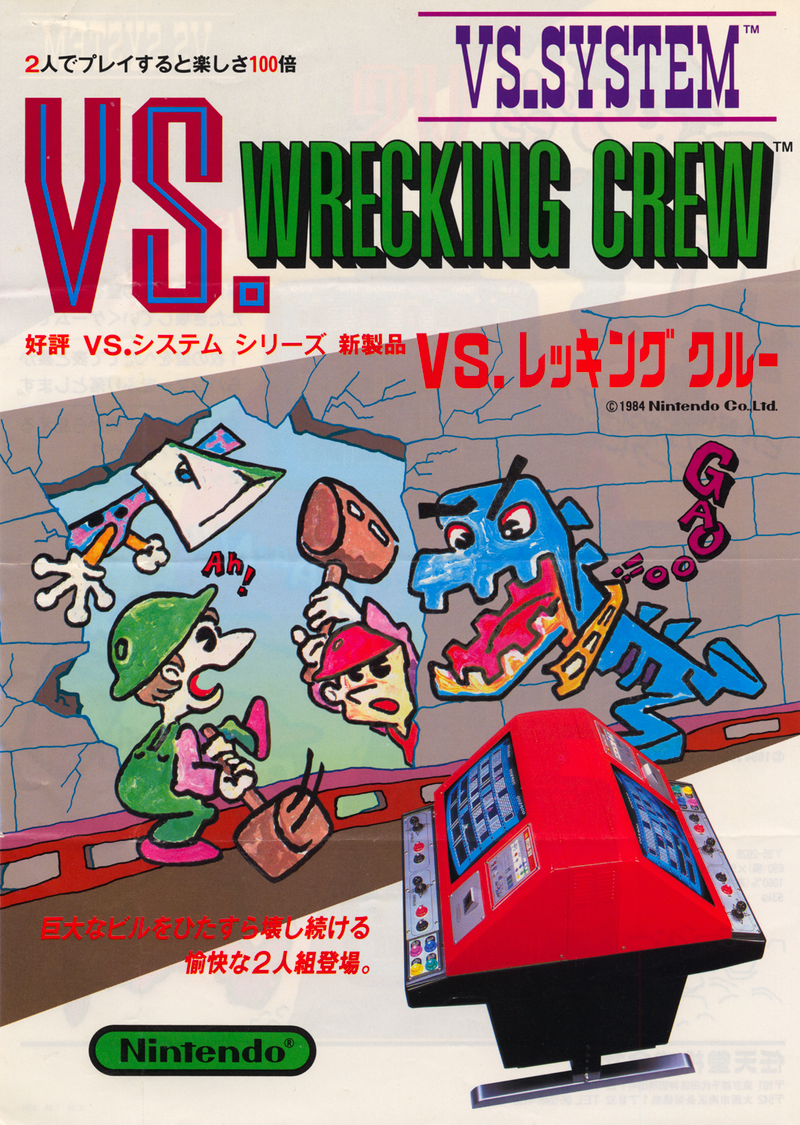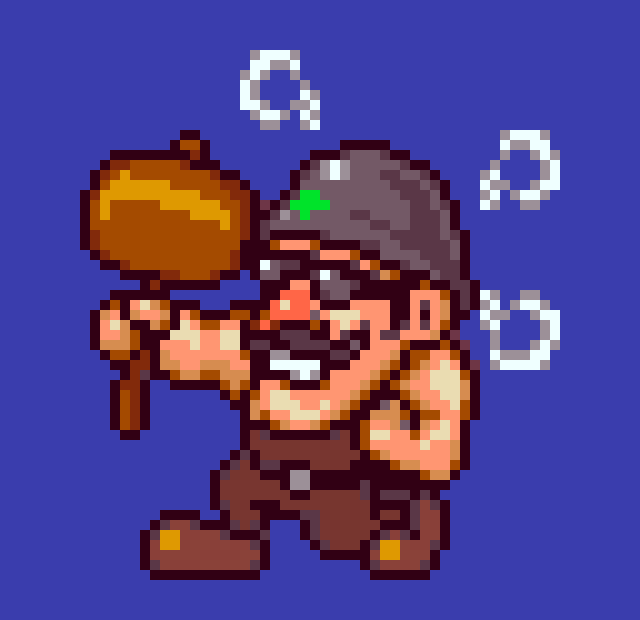Foreman Spike Was the Original Wario
Heads up: Minor spoilers for movie!
This past week, the new Super Mario Bros. movie hit theaters. I saw it the Wednesday it opened in Los Angeles, and among the people rushing out to see it, I was probably unique in that I was curious to see how it handled Foreman Spike. Longtime fans had a lot to be concerned about, from Chris Pratt’s controversial take on Mario to whether the film would “girlboss” Princess Peach in a way that betrayed her character in the games. These were issues I was concerned with as well, but given my affection for underloved, underserved Super Mario characters, I was most interested to see how this nearly forgotten Wrecking Crew villain would figure into the story.
It was a September 2021 Nintendo Direct that announced the film’s voice cast, surprising many people with news that Chris Pratt would voice Mario. I wasn’t expecting that, but I was even more surprised by the news that Foreman Spike would be included in the movie, apparently being voiced by stand-up comedian Sebastian Maniscalco. Because a lot of B-tier Mario characters were not announced as appearing in the film, it was pretty wild to consider that the first major adaptation in thirty years would include this guy, whom few fans were even aware existed.
A scan of character art of Foreman Spike appearing in 1994’s Perfect Edition of the Great Mario Character Encyclopedia.
Having seen the movie, it still seems wild. Spike is relegated to the parts that take place in Mario and Luigi’s hometown of Brooklyn, where we learn they’ve only recently launched their own plumbing enterprise after previously working for Spike’s company, which is apparently called Wrecking Crew, so it seems like it’s probably a demolition business? Spike doesn’t think much of the commercial the Mario brothers make to promote their new business, and in general he’s a lot of things they’re not: successful, tall, muscular, and sporting a full beard when they’ve only got mustaches.
The Super Mario Bros. Movie version of Spike, a.k.a. “hot mean beard dad.”
This, of course, is all a throwback to the 1985 NES video game Wrecking Crew, which has Mario scrambling around a construction site in a way that’s somewhat reminiscent of Donkey Kong, only the objective here is to destroy certain elements of each level — bricks, ladders, what have you — in order to advance to the next. In some levels, Mario has to maneuver around Foreman Spike in addition to generic enemies. The vibe of this game reminds me of Mario’s Game & Watch days, when Mario and Luigi performed all manner of manual labor jobs, like working at a cement factory, not that they ever spend all that much time doing plumbing in the actual games.
What’s interesting about Spike debuting this far back in Mario’s video game career is that he serves as a sort of prototype for Wario, the much more famous bad anti-Mario who’d debut seven years later, in 1992’s Super Mario Land 2. For one thing, Spike looks a great deal like Mario. It’s probably a result of the limitations of pixel art more than anything, but there’s not all that much to distinguish him from Mario on screen. They have almost identically colored sprites, with only Spike’s beard to set him apart. The illustration for Spike suggests he might have a longer, beakier nose than either Mario or Luigi, but in-game that’s not the case. Their noses all stick out the same number of pixels.
Left to right: Mario (in red), Luigi (in pinkish-red) and Spike (in brownish-red).
I think of Spike as being a test run for a character who is summed up by the phrase “looks like Mario but bad.” When Wario debuts, he is also “looks like Mario but bad,” but he’s less a doppelganger than an obvious exaggeration of Mario — fatter, with a wilder mustache and an even more distinctive nose. You could even say that Wario’s greed, established in Super Mario Land 2 because he steals Mario’s castle, is a warped version of Mario’s need to collect coins.
Both Spike and Wario were created by the same person, Hiroji Kiyotake, who worked as a graphic designer or character designer not just for Wrecking Crew but also for Duck Hunt, Kid Icarus, Metroid, Famicom Wars, and Super Mario Land 2, not to mention and all the Game Boy sequels that made Wario the lead character. In an interview included in a Nintendo-produced guidebook to Super Mario Land 2, Kiyotake explains where the idea for Wario came from, but I’m pretty sure one specific element applies to Spike as well.
See if you can spot it in the translation (via Shmupulations):
Mario has always fought for someone else’s benefit, but we thought it would be a nice change of pace to make a game where he’s fighting to win back something of his own. We wanted to make a world… how can I describe it? — a world that would appeal to Mario’s manly heart! … We imagined Wario as the Bluto to Mario’s Popeye. The truth is, we kind of came up with the idea of the name first, and everything else came after. Since he was a “warui” (bad) guy, he should be Wario. And we had the idea to flip the M upside down. To our surprise, the idea was a big hit with everyone on the team.
If you’ve read this site for a while, you might remember that I did a piece on how how Popeye has subtly shaped video games. The first influence I mention is the story of how Nintendo failed to obtain the rights to Popeye characters and as a result made the video game Donkey Kong, where Mario, the title character and Pauline were invented to sub in for Popeye, Bluto and Olive Oyl. As a result, Donkey Kong is technically the first Mario character to be inspired by Bluto, even though they don’t have all that much in common aside from being strong and having an antagonistic relationship to the hero. I’d wager that Spike and Wario both look and act more like Bluto. In fact, I’d say that Spike and Wario each inherited some of Bluto’s physical traits: Spike got the beefiness and the beard, while Wario got the height and the girth. (Both of them got the bad attitude, clearly.)
I can’t find an interview in which Kiyotake explicitly states that Spike was also inspired by Bluto, but because the characters have so much in common and because we know Bluto did inspire Wario, it seems like a given that Spike has some of that DNA too. Even Spike’s Japanese name, ブラッキー or Burakkī, which is probably meant to be “Blackey,” sounds vaguely similar to how Bluto’s name would be represented in Japanese: ブルート or Buruto. I’m guessing Spike has this name in Japan because he’s got a black beard, although that’s complicated to a degree by the fact that in Wrecking Crew everyone’s hair is colored blue to account for the black background.
Obviously, there is a major difference between Spike and Wario: Whereas Wario got popular almost instantly, becoming one of the major recurring characters in Mario spinoff games, Spike was not so fortunate. Whenever Spike would turn up again, however, there would be telltale signs that linked him with Wario. I’m not sure if these exist because Nintendo is endorsing the idea that he truly was the proto-Wario or if Wario being such a popular character that Spike became retroactively derivative of him, but they’re there.
For example, the Japan-only sequel Wrecking Crew ’98 gave Spike a new look that is, to put it bluntly, reminiscent of guys you might see at a leather bar. I’m not complaining, and it’s probably not actually supposed to be leather, but this version has also ditched the trademark beard to show off a strong, leading man chin. It’s almost as if Nintendo is inviting you to find Foreman Spike sexy. The one design change that doesn’t support this goal, actually, is that he also has a pink, swollen nose — what might read as a drunkard’s nose in some contexts but is also a trademark of Wario.
In fact, many male characters associated with Wario have that nose, including Waluigi, Booster from Super Mario RPG, and some of the WarioWare guys, so it might be an intentional visual nod. Then again, sometimes a red honker is just a red honker, and I don’t think that Nintendo is trying to recall Wario with similarly colored nose of Tingle from the Legend of Zelda games.
In 2001, Nintendo released Mobile Golf for the Game Boy Color, also exclusively in Japan. Spike is an unlockable character in this game, apparently having left the world of demolition to work at the golf course. He’s not shown as being a muscle hunk, but he’s got his beard back and, what’s more, he’s also sporting Wario’s signature colors of purple and yellow.
Via the website for Mobile Golf, where the description for Spike reads, “This character has been around for a long time. Actually, despite his appearance, he is a hard worker and seems to be quite skilled, but...?”
Of all things, the clawed, ball-collecting vehicle Spike rides in this golf game would seem to appear again, without him, in Mario Kart DS, as an unlockable vehicle that is specifically associated with Waluigi. In my head, this further reinforces the connection between Spike and all things Wario.
Via Super Mario Wiki.
When Spike was announced as a character in the new movie, I half expected him to be some kind of way to introduce Wario. I’m not sure how that would happen — like, would Spike step into mutagenic ooze and get turned into Wario? — and in the end, this does not seem to be the case. This version of Spike is, like the cameo from Mayor Pauline, a callback to Mario and Luigi’s “real world” origins before they go to the Mushroom Kingdom.
Given the range of appearances Spike has had over the years, I’m happy someone on the design team at Illumination had the presence of mind that they should make him hot.
The one other decent shot I could find of the movie version of Spike, va the Super Mario Wiki. Considering how horny the internet is for hot dad types in kid’s movies, there is shockingly little imagery of the movie version of Spike available online a week into the theatrical run.
Not just hot but hot in a way that’s fairly different from his leatherman look from Wrecking Crew ’98. Foreman Spike has range!
Based on the phenomenal box office of the Mario movie, it seems very likely we’ll get more of this take on the character, so it’s possible we’d also see more of Spike. I’ll be curious if his appearance in this movie affects his fate in the games as well. More often than not, one prominent role is all it takes to pop a forgotten character back into the stable of recurring Mario friends. Pauline, after all, languished in obscurity for years until Super Mario Odyssey, and now she’s playable in Mario Kart Tour, Mario Tennis Aces and Mario Golf: Super Rush and Mario Strikers: Battle League. Spike might be made redundant by the existence of Wario, but the version of him created for the movie — a hunky jerk, more or less — is actually pretty far from the farty, garlic-chomping, greedy goblin role that Wario has come to play in the games.
I, for one, am always down for more Bluto-adjacent representation in video games.
Miscellaneous Notes
Oddly enough, Wrecking Crew is not the first game in the Wrecking Crew franchise. That is VS. Wrecking Crew, an arcade game released in Japan in 1984, before the console version came out in 1985.
Spike does not appear in this game, and originally Mario and Luigi didn’t either. Per a 2010 Wired interview with longtime Nintendo designer Yoshi Sakamoto, it was Shigeru Miyamoto’s idea that the game should star Mario and Luigi instead.
Originally, the Wrecking Crew character wasn’t Mario. He was just a guy with no mustache, wearing overalls. I was in a different department, but Mr. Miyamoto came along and said, “You know, you should probably just use Mario. He’s really easy to draw, and people recognize him.” So it was actually Mr. Miyamoto who pushed that.
What’s especially odd about this version of the game is that the player two character was colored green, which not only would become Luigi’s signature color but also which was a lot easier for most players to distinguish onscreen from Mario’s red. The finalized version of the arcade game, like the NES/Famicom version, has Luigi in pink.
Via the Super Mario Wiki.
Via the Super Mario Wiki. In the second screenshot, you can see there’s a player character with a green hardhat.
Spike isn’t the only unlockable character who can be playable in Wrecking Crew ’98. In addition, there are some weirdos who rank among the most obscure Mario characters ever, including Onnanoko (“young girl”), Oyazi (some middle-aged guy who likes to drink and whose name is a slurred rendering of Oyaji, “old man”) and Onigiri, who is literally a sentient riceball. What a weird game.
In 2008, Kiyotake gave an interview with the Japanese magazine Nintendo Dream about Wario that also mentions Foreman Spike. It doesn’t give us much insight into Spike’s creation aside from classifying him and maybe Wario too (but not Samus) as “old guys.”
Interviewer: Other than Wario, Blackie from Wrecking Crew is another character you created, right?
Kiyotake: You sure know your stuff (laughs).
Interviewer: Do you like characters who are old guys?
Kiyotake: I do.
Interviewer: But Samus isn’t an old guy at all.
Kiyotake: I like cool characters like that (laughs).
Interviewer: How do you come up with these characters?
Kiyotake: The way I go about it is I usually have a model. I think about how it would be if they lived in this world. For example, it’s like Wario is here because Mario is.
I don’t hear it discussed all that much, but there is a lingering legacy to the Wrecking Crew series in Super Mario Maker in that the NES/Famicom version of the game featured a design mode in which players could create their own stages. This existed in non-Mario Nintendo games back in the day, such as Excitebike, but the fact that it exists in Wrecking Crew specifically combined with the construction aesthetic of the Mario Maker games makes me think it’s a deliberate nod.
In a 2018 interview with the French newspaper Le Monde, Nintendo artist Yoichi Kotabe says he “helped define” Wario’s look. He also mentions Bluto — or, technically speaking, Brutus, whose existence I explain in my Popeye piece — as helping inform that finalized design but also notes that he incorporated some aspects of Stromboli, the villain from Disney’s Pinocchio.
Spike’s Japanese name is shared by another Nintendo character: Umbreon, the dark-type evolution of Eevee in the Pokemon series, but Bulbapedia guesses this name might be a combination of black and either lucky or 月, tsuki or “moon.”
If Spike’s Japanese name is a nod to Bluto — and I’m not saying it is, but I’m guessing it might be — then does that mean that Booster’s is as well? I’m not so sure, and if it is, it’s even more of a stretch. In the Japanese version of Super Mario RPG, Booster is named ブッキー or Bukkī, which Super Mario Wiki proposes could be a play on the Japanese word 武器 or buki, meaning “weapon.” This would check out; most of the Super Mario RPG bad guys are named after weapons, even if that’s because they’re all in Smithy’s gang and Booster isn’t. The Japanese name also shares its initial character with Spike and Bluto’s Japanese names, but that’s all they have in common. I’m guessing it’s more likely it’s a coincidence.
A character called Spike also appears in the original, 1993 Super Mario Bros. movie. Played by Richard Edson, he’s one of the two scheming henchmen working for Dennis Hopper’s Koopa and therefore a Dinohattanite and not someone who hails from Brooklyn. The other guy, Iggy, is presumably named after the Koopaling, but this Spike doesn’t seem to be Foreman Spike and might actually be Spike the generic enemy that originated in Super Mario Bros. 3. and that is known for hacking spiked balls in Mario’s general direction. What’s extra weird about this is that there is also an antagonistic, Foreman Spike-esque character in the movie as well, but his name is Anthony Scapelli. He’s the head of a construction company that Mario and Luigi compete against. I don’t think Scapelli is supposed to be Foreman Spike, however, and I’d guess his presence in the film is more a product of the natural screenwriter tendency to give the brothers a “real wold” foil early on to mirror their conflict with Koopa in Dinohattan in the main part of the plot.
So once all the Foreman Spike stuff was settled, what did I make of The Super Mario Bros. Movie’s other pressing issues? To be honest, I was pretty good with Chris Pratt’s performance. I don’t think I thought about the actor providing Mario’s voice once while I was watching the movie. I had a bigger problem with the movie’s version of Peach, just because they made her a spunkier character, I presume because her personality as it exists in the games — demure, stately and humble — wouldn’t translate onscreen, especially in a kid’s movie. However, she’s also the film’s only female character, more or less, and the movie version of her might have been closer to the game version if she was saddled with being the sole representation of anything feminine. Oh well.
Finally, in the sense that Spike was the Wario before Wario was the Wario, I also have a post about how Birdo was Yoshi before Yoshi was Yoshi.
